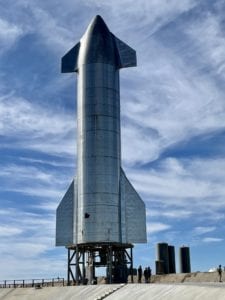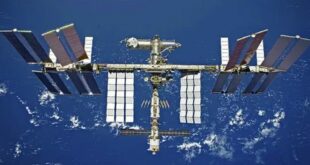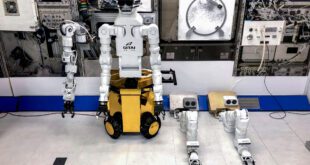
Paris, 8 December 2020. – The flow of good news doesn’t stop: SpaceX has launched its next generation Cargo Dragon spacecraft to the International Space Station (ISS) while the company prepares for the next important test flight of its Starship in Texas today.
The unpiloted and automated Cargo Dragon resupply mission CRS-21 brought 3 tons of material to the ISS and docked successfully to the space station, SpaceX and NASA reported. It is the first time that two Dragon ships docked at the ISS; a Crew Dragon arrived in November with four astronauts on board.
In the meantime, SpaceX is preparing a high-altitude test flight for its Starship rocket at its launch pad in Texas. “As early as Tuesday, December 8, the SpaceX team will make the first attempt of a high-altitude suborbital flight test of Starship serial number 8 (SN8) from our site in Cameron County, Texas,” SpaceX said. “The schedule is dynamic and likely to change, as is the case with all development testing.”
In 2020 alone, SpaceX completed two low-altitude Starship test flights with 330 ground engine starts, the company said. SpaceX has built ten Starship prototpyes so far; SN9 “is almost ready to move to the pad”, it said.
Apart from these good news from space and ground, the company’s internet constellation Starlink was awarded a $885 million federal subsidy from the U.S. Rural Digital Opportunity Fund. The award was announced by the Federal Communications Commission yesterday.
 SpaceWatch.Global An independent perspective on space
SpaceWatch.Global An independent perspective on space




